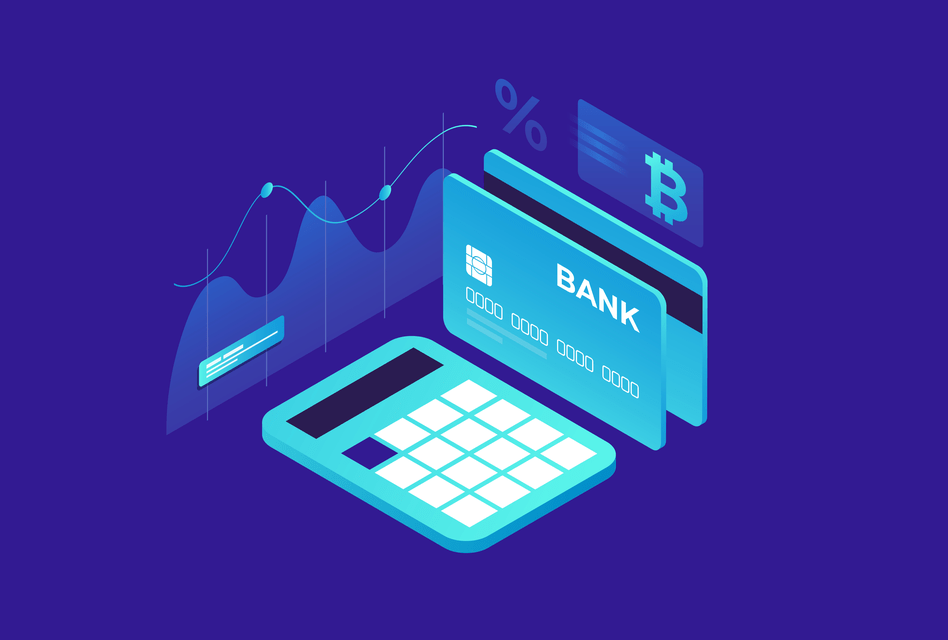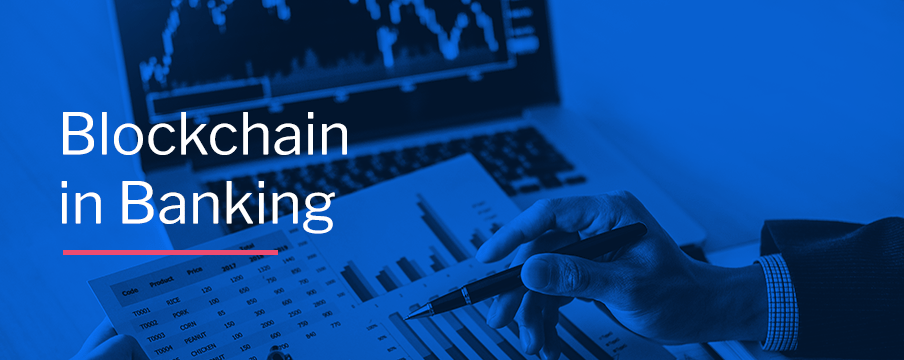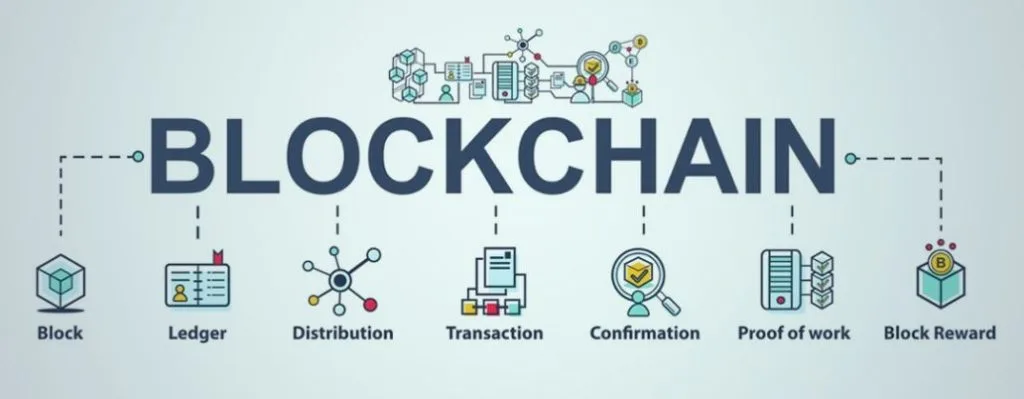What Role Does Blockchain Play In Enhancing Banking Transactions?
Over the years, globalization has resulted in an easier and wider range of international businesses and money transfers. The need for fast, secure, and cheap payments and/or financial transactions has led individuals to search for modern and digital options to carry out their banking operations.
Blockchain is a relatively new technology that has created and will most likely continue creating a lot of innovation in most of the financial services industries. Blockchain provides many advantages, one of the main ones is the fact that it reassures its users with its transparency, credibility and low cost.
Having an independent structure, blockchain does a great job in meeting people’s trust and transparency criteria. The main reason why it is so secure is that the transactions are approved by interconnected nodes in the Internet network, not by a single central authority.
The fact that financial transactions are fast and very efficient thanks to this technology, they can speed up money transfers and make low-budget money transfers possible. Since blockchain can transfer directly from person to person, it eliminates the intermediaries used between transfers and can minimize the money that is spent on commissions.
In addition, blockchain is very good at identity control, and owes this to its strong and decentralized database. It can also keep track of financial assets in real-time. This real-time tracking minimizes the risks that should not be taken, which in turn prevents fraudulent records.
How Does Blockchain Ensure Secure And Transparent Transactions?

In order to ensure safe and secure transactions, blockchain proceeds with the distributed ledger method. In other words, all internet network users own a ledger and, in this way, they are able to access all old and new transactions. As its name suggests, all blocks are interlocked with a unique lock by assimilating the things inside each other. This way, if any block is damaged, the entire chain is not affected by it.
The blockchain network uses a consensus mechanism for all transactions that occur. Users of this technology would like to be ensured that any financial operation is actually happening. Thanks to this mechanism, the accuracy of all transactions is guaranteed. The most common consensus algorithms include Proof of Work (POW) and Proof of Stake (POS).
The encryption method used by blockchain is protected by algorithms. Personal and public keys are used to determine whether identities are correct. As blockchain does not receive authority from a single center, this ensures that the data is well protected and does not cause the data to be damaged and/or stolen in case of any cyberattack.
Blockchain transparently tracks the history and current state of its data and is tracked in a chain manner as each block is linked to the previous one. In addition, smart contracts are important for the proper functioning of blockchain. These pieces of code run automatically when certain conditions occur, which takes the security of both parties to the next level.
Can Blockchain Reduce Banking Fraud?
As mentioned above, blockchain has many security levels and precautions and therefore has the potential to minimize banking fraud. The distributed ledger method, which is a method where all the operations are recorded, and the transparency method, which is useful for checking and observing every transaction in the network, are some of the examples of safety measures that blockchain technology takes.
In addition, using smart contracts helps reduce the possibility of any fraud because they get rid of any intermediaries when transactions are carried out. There are other measures and precautions taken in order to prevent banking fraud and maximize the safety and security of the personal information of users and their transactions, such as identity verification and consensus mechanisms.
Are Banks Integrating Cryptocurrencies With Blockchain?

Over the years, most banks have started to integrate cryptocurrencies with blockchain, and some banks offer services to their customers to enable them to transfer cryptocurrencies easily and quickly, both local and international, at a cheaper cost. However, the speed of this adaptation process may vary depending on each bank.
The reason for this variation is due to the fact that each country and even each bank has different laws, regulations and jurisdictions. Also, the lack of an innovative attitude towards digital tokens and carrying on financial operations on a rather newly heard online network may cause the integration to be at a slower pace.
Some central banks use blockchain technology to develop their digital currencies. In other words, they aim to have a centralized cryptocurrency, and in this way, it is desired to combine the digital world with the traditional system. As a natural result of this combination, the traditional method system opens the door to the world of digital assets.
Some of the banks provide services for storing and managing cryptocurrencies to their buyers. These services enable buyers to store their cryptocurrencies safely. Also, some financial institutions have begun to provide the ability to transfer cryptocurrencies. This has made it easier for buyers to access cryptocurrencies and has achieved this through traditional means.
By using blockchain-based agreements, banks can automatically give loans to buyers who meet certain criteria for a richer and safer use of business processes.
What Challenges Do Banks Face In Adopting Blockchain?
There may be obstacles that banks may face as they are slowly getting acquainted with blockchain. While banks provide blockchain and cryptocurrencies, they may change among different countries and over time. They have to deal with these changes as each country has its own form of laws and regulations, and its local banks have to comply with them.
As networks in the blockchain grow, problems with scalability may occur. In other words, as more and more transactions are executed in the blockchain network, it gets harder and harder to offer the same amount of quality and speed of transactions. Low-budget transactions are crucial for achieving high-volume transactions daily, but the current blockchain network may have difficulty meeting these needs in some cases.
Blockchain has a mostly transparent structure, so transactions can be seen by anyone on the network at that moment. Banks have to pay great attention to this transparency criterion because it is important that they are meticulous about the safety of buyers. However, although blockchain networks are protected, everyone has questions and concerns about protection and different methods are focused on this issue.
See you in the next post,
Anil UZUN
